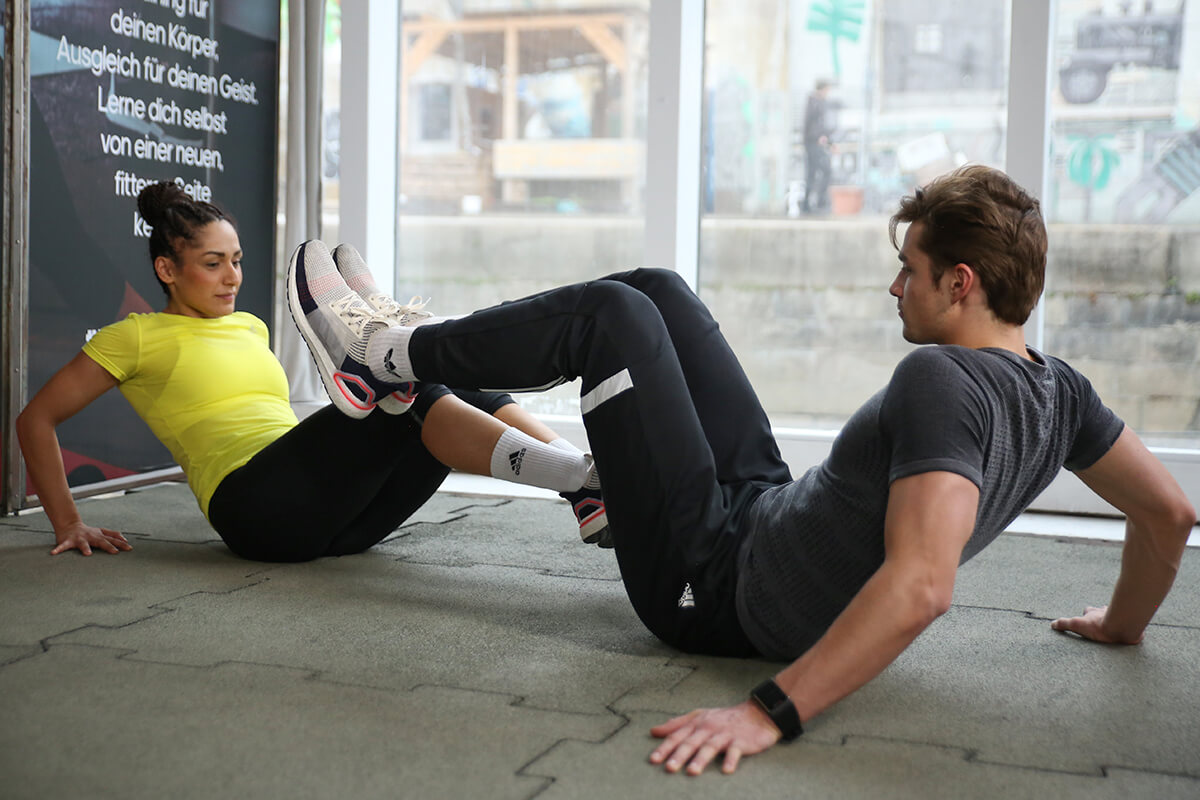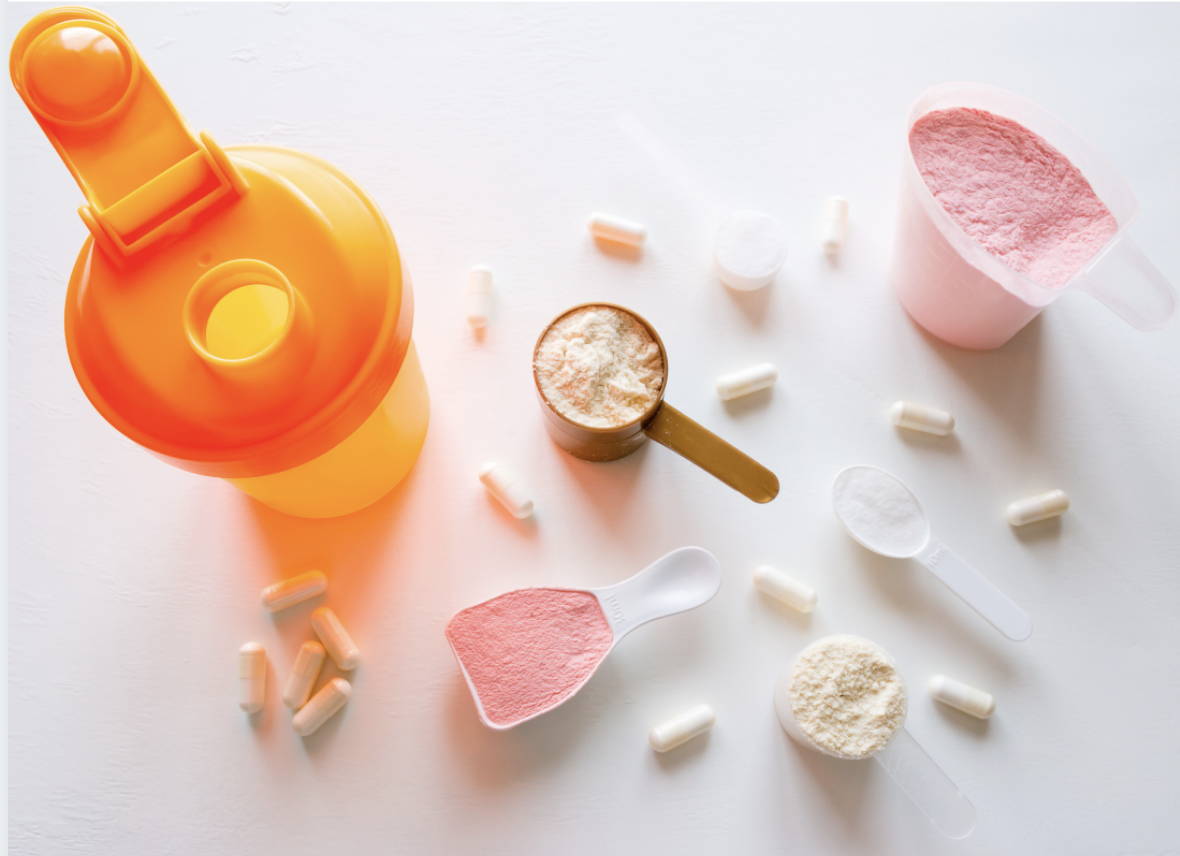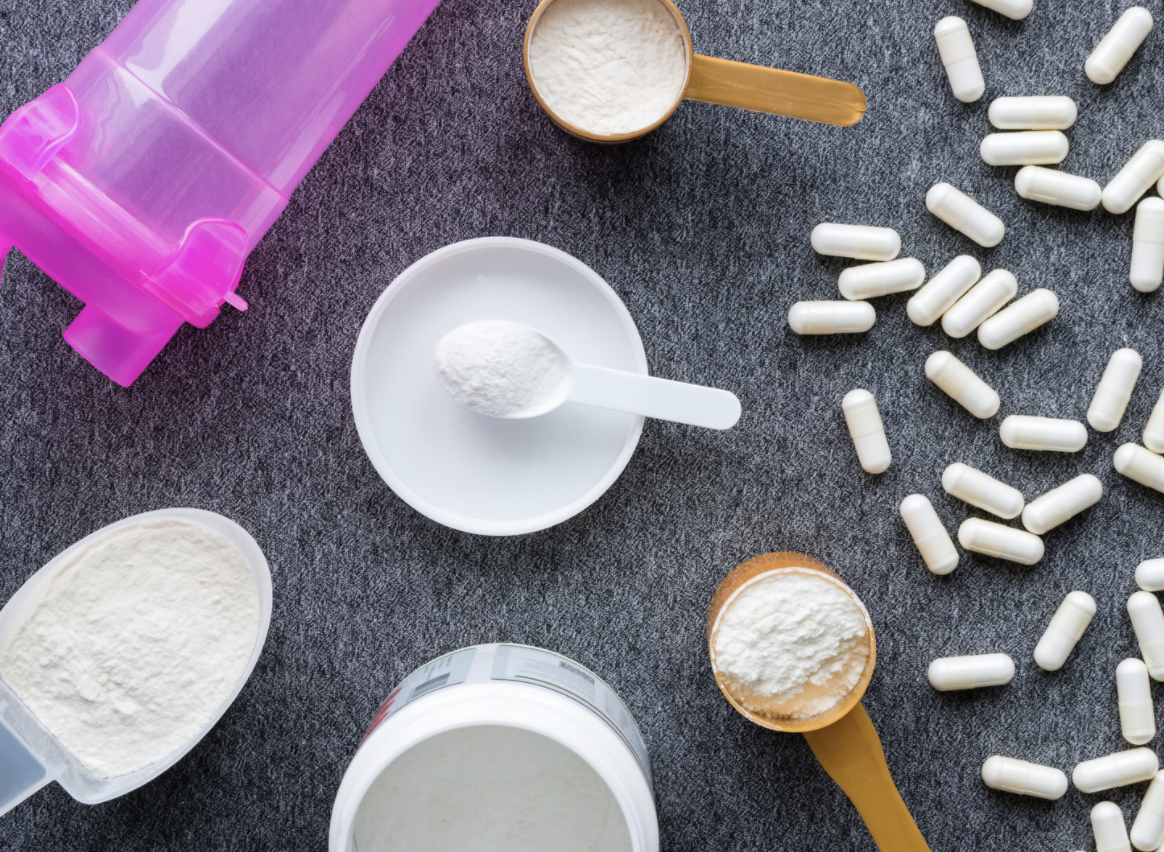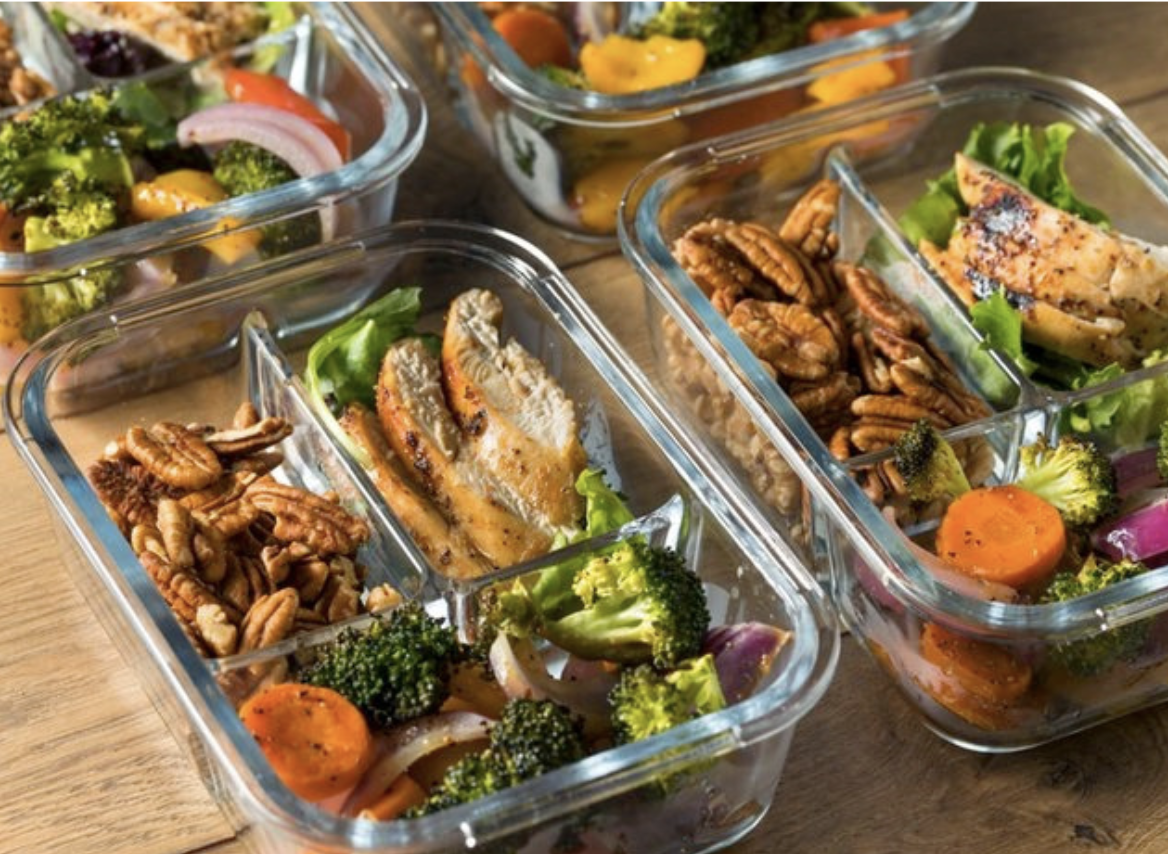Embarking on a journey towards optimal health involves more than just a one-size-fits-all approach. Different life stages bring unique nutritional needs, and supplements can play a vital role in supporting overall well-being. In this blog, we explore a lifelong guide to supplements, tailored for every stage of life.
- Childhood: Laying the Foundation
During childhood, the emphasis is on growth, development, and building a strong foundation for a healthy future. Key supplements include:
– Multivitamins: Ensure a comprehensive intake of essential vitamins and minerals crucial for growth.
– Vitamin D and Calcium: Support bone development and overall skeletal health.
– Omega-3 Fatty Acids: Aid in cognitive development and support brain health.
- Adolescence: Navigating Growth Spurts and Hormonal Changes
As adolescents undergo rapid growth and hormonal changes, their nutritional needs evolve. Supplements to consider include:
– Iron: Particularly important for girls, as iron needs increase with the onset of menstruation.
– B-Complex Vitamins: Support energy metabolism during periods of increased activity.
– Vitamin C: Enhance iron absorption and support immune function.
- Young Adulthood: Balancing Work, Lifestyle, and Health
During the hustle and bustle of young adulthood, maintaining a balance between work, lifestyle, and health becomes crucial. Key supplements include:
– Protein Powders: Support muscle maintenance and repair, especially for those engaging in regular physical activity.
– Vitamin B12: Essential for energy metabolism, particularly for those following plant-based diets.
– Omega-3 Fatty Acids: Continue to support heart health and cognitive function.
- Middle Age: Prioritizing Heart and Bone Health
As individuals enter middle age, priorities shift towards maintaining heart and bone health. Relevant supplements include:
– Coenzyme Q10 (CoQ10): Supports heart health and cellular energy production.
– Vitamin K2: Works in conjunction with vitamin D and calcium to support bone health.
– Magnesium: Aids in muscle function and supports cardiovascular health.
- Senior Years: Supporting Bone Density and Cognitive Health
In the senior years, focus turns to maintaining bone density and cognitive function. Essential supplements include:
– Calcium with Vitamin D: Crucial for bone health and preventing osteoporosis.
– Vitamin B12: Supports cognitive function and energy metabolism, addressing potential deficiencies common in older adults.
– Omega-3 Fatty Acids: Continue to support cognitive health and may contribute to cardiovascular health.
Guiding Principles for a Lifelong Supplement Strategy:
- Individualized Approach: Tailor supplement choices based on individual health needs, dietary preferences, and lifestyle factors.
- Regular Health Check-ups: Periodic health check-ups can help identify potential deficiencies or changing health needs, informing supplement choices.
- Consultation with Healthcare Professionals: Seek guidance from healthcare professionals or registered dietitians to ensure supplement choices align with individual health goals and potential interactions with medications.
Conclusion: A Holistic Approach to Lifelong Well-being
A lifelong guide to supplements is not a rigid roadmap but a flexible framework that adapts to the changing needs of each life stage. By embracing a holistic approach to well-being, rooted in informed supplement choices, individuals can navigate the journey of life with vitality, resilience, and the support needed to thrive at every stage. Remember, the key is not just the destination but the well-nourished journey along the way.
Ah, the holiday season is upon us, and with it comes the delightful trifecta of friends, family, and, of course, delicious food. Thanksgiving, in particular, is a time to reflect on gratitude, create lasting memories, and indulge in a feast fit for royalty. In this blog post, we’ll explore some tips on how to make the most of this festive season, ensuring that you savor the moments with loved ones, relish the delectable dishes, and even sneak in a quick, effective High-Intensity Interval Training (H.I.T) workout to keep that holiday energy flowing.
Embrace the Spirit of Gratitude
Thanksgiving is not just about the turkey and trimmings; it’s about expressing gratitude for the people and experiences that enrich our lives. Take a moment to reflect on the positive aspects of the past year, share your thoughts with friends and family, and create an atmosphere of appreciation. This sets the tone for a warm and joyful holiday gathering.
Quality Time with Loved Ones
Amidst the hustle and bustle of the holiday season, it’s easy to get caught up in preparations. Make a conscious effort to spend quality time with family and friends. Engage in meaningful conversations, play games, or take a leisurely stroll together. These shared moments will create lasting memories and deepen your connections.
Master the Art of Mindful Eating
Thanksgiving dinner is a culinary masterpiece, and the key to fully enjoying it is mindful eating. Instead of rushing through your meal, savor each bite, appreciating the flavors and textures. Engage in conversation between bites, allowing yourself to truly enjoy the experience. This mindful approach not only enhances your culinary delight but also helps prevent overindulgence.
Balancing Indulgence with Moderation
Let’s face it; Thanksgiving is synonymous with a feast. While it’s perfectly okay to indulge in your favorite holiday treats, maintaining a balance is key. Opt for smaller portions, choose a variety of dishes, and remember that it’s okay to say no to seconds. This way, you can relish the flavors without the guilt.
Quick and Effective H.I.T Workout
To counterbalance the indulgence, consider incorporating a 20-minute High-Intensity Interval Training (H.I.T) workout into your Thanksgiving routine. This quick and effective workout will boost your metabolism, leaving you energized and ready for more festivities. Here’s a simple routine:
Warm-Up (3 minutes):
Jumping jacks, high knees, and arm circles.
– H.I.T Circuit (15 minutes):Alternating between 30 seconds of intense exercise and 30 seconds of rest.
– Jump squats
– Push-ups
– Burpees
– Mountain climbers
– Plank
– Cool Down (2 minutes):
Stretching exercises for major muscle groups.
As the holiday season unfolds, take the time to savor the richness of the festivities. Enjoy the warmth of family and friends, relish the flavors of a well-prepared Thanksgiving feast, and keep the energy flowing with a quick H.I.T workout. By embracing the spirit of gratitude, spending quality time with loved ones, and finding balance in your celebrations, you’re sure to create a Thanksgiving filled with joy, connection, and good health. Cheers to a season of abundance!

A woman eating healthy
As of January 5, 2023 the CDC.gov announced 11.1 percent of U.S. adults have a mobility disability with serious difficulty walking or climbing stairs. 10.9 percent of U.S. adults have a cognition disability with serious difficulty concentrating, remembering or making decisions.
Mobility issues can encompass a wide range of conditions and causes, according to the World Health Organization (WHO), globally, an estimated 2.2 million people die each year as a result of physical inactivity, which can be a contributing factor for anyone with mobility issues.
In addition, falls are a common cause of injury and death among older adults, who may have mobility issues due to age-related conditions such as arthritis or osteoporosis. According to the WHO, falls are the second leading cause of unintentional injury-related deaths worldwide, with an estimated 646,000 deaths annually. So you can see statically immobility is an actual issue in adults and this process starts in our 30’s! The same time most of our hormones start to decline as well…but there is something we can do about it.
What is it?
Optimal Mobility allows you to take part in the activities that matter to you, without limitations. Most of us spend a sizeable chunk of the day sitting.
Think about it like this – you want to be able to climb up stairs, play with your grandkids, and maybe even bust a move on the dance floor without feeling restricted or uncomfortable.
Having optimal mobility means you can do all of these things and more, without any pain or discomfort. It’s like having a superpower that lets you do all the fun stuff you love, without any limitations. Over time, the body will take away any range of motion it doesn’t deem necessary. It’s the classic case of use it or lose it.
So, whether you’re looking to improve your flexibility, strength, or balance, there are plenty of ways to boost your mobility and keep your body feeling young and spry. Just remember to take care of yourself, stay active, and don’t be afraid to try new things. Who knows, you might just discover a new passion for salsa dancing or rock climbing along the way!
Why is it important?
Having limited mobility means that you’re not getting your joints in the optimal positions to create and absorb force. You’re not building strength as efficiently as you could. You’re forcing the joints to deal with stress in positions that you cannot get into without a compromise. And more likely than not restricting your ability to breathe at capacity.
Performance goes down, and the risk of injury goes up. Not only in sports, but also in day to day life. But, you may ask what is the actual risk for mobility decline?
How to get it?
Mobility is the basic functionality of movement. In our day to day family life, work life and moments of enjoyment we build up resilience to the need of stretching. Our bodies take the toll day in, day out without complaining until our bodies starts to tighten, ligaments become worn down until they just give out and affect numerous parts of the body.
Optimal Mobility is about decreasing your risk of injury and to perform at your highest level with confidence. Whether you’re playing with your kids or grandkids, going for a bike ride, surfing, or chasing your personal best in a marathon or tying your shoelaces. Optimal Mobility is the idea that you continue to work with your body in creating day to day routines that will allow you to age with flexibility, comfort and less issues in the back or knees.
How to keep it!
Optimal mobility is important for maintaining independence, reducing the risk of falls and injury, and improving overall quality of life. It also allows you to take part in the activities that matter to you, without limitations. It’s about decreasing your risk of injury and to perform at your highest level with confidence.
Having limited mobility means that you’re not getting your joints in the optimal positions to create and absorb force. Performance goes down, and the risk of injury goes up.
Optimized Humans app mobility standards are the foundation for a well functioning, optimized human.
Here are some tips and exercises to help you retain optimal mobility:
- Stay Active: Engaging in regular physical activity is key to maintaining optimal mobility. Exercise helps to improve strength, flexibility, and balance, all of which are important for mobility. Aim to get at least 30 minutes of moderate exercise, such as walking, swimming, or cycling, most days of the week.
- Stretching: Regular stretching can help improve flexibility and range of motion, reducing the risk of injury and improving mobility. Focus on stretching major muscle groups such as the hamstrings, quadriceps, and calves. Hold each stretch for 20-30 seconds and repeat on both sides.
- Strength Training: Strength training can help to improve muscle mass and strength, which is important for mobility. Focus on exercises that target major muscle groups such as the legs, back, and chest. Use resistance bands or weights to challenge yourself and gradually increase the weight or resistance over time.
- Balance Exercises: Improving balance is important for preventing falls and improving mobility. Examples of balance exercises include standing on one leg, heel-to-toe walking, and yoga.
- Cardiovascular Exercise: Aerobic exercise such as walking, cycling, or swimming can help to improve cardiovascular health and endurance, which is important for maintaining mobility.
- Posture Correction: Poor posture can lead to back pain and mobility issues. Focus on maintaining good posture throughout the day, especially when sitting or standing for extended periods.
Remember to always consult with a healthcare professional before starting any new exercise program. A physical therapist can also help you develop a personalized exercise program tailored to your individual needs and goals.
Can we help you?
Are you or someone you know struggling with mobility issues? Do you want to improve your physical health and fitness but don’t know where to start? Look no further than our team of health and fitness experts!
Our team understands the unique challenges that come with mobility issues, whether it be due to age, injury, or chronic conditions. We are committed to helping you overcome these challenges and achieve your health and fitness goals.
Working with us, you’ll receive personalized guidance and support every step of the way. We’ll work with you to develop a customized fitness plan that meets your unique needs and abilities. Our team will also provide education on proper form and technique to ensure you are exercising safely and effectively.
But we don’t just focus on exercise. Our team takes a holistic approach to health and wellness, addressing factors such as nutrition and stress management that can impact your overall well-being.
With our expertise and guidance, you’ll not only improve your mobility and physical health, but you’ll also boost your confidence and quality of life. Don’t let mobility issues hold you back any longer. Contact us today to start your journey to a healthier, happier you!
Let’s take a moment to consider the truth about calories. They are the vital fuel that powers our bodies, enabling us to function at our best. It’s important to understand that calories aren’t inherently bad, but rather a necessary component of a healthy and active lifestyle.
Hello, fellow optimized humans! As we move forward into the new year, I want to take a moment to remind you of the importance of taking care of yourself. It’s easy to get caught up in the hustle and bustle of everyday life, but it’s important to remember that our health and well-being should always be a top priority.
Many people ask me for advice on which training program they should start training with. With the rise in popularity of powerlifting in recent years, there has been a profusion of routines that can clutter and overwhelm a beginner who just simply wants to get going on their path to superhuman strength.
Branched-chain amino acids, or BCAAs, are a special group of amino acids. They are some of the most proven athletic supplements you can take. The benefits of BCAAs include less muscle fatigue, faster recovery, higher levels of other amino acids, and better protein absorption. Not getting enough of them can cause muscle loss.
These days, it seems like there are more and more bodybuilders taking in more protein in some form or another. Just walk around the local grocery store, and you’ll likely find an assortment of protein-enriched cereals and even “high”-protein oatmeal. Whether the type of protein is soy, whey, casein, or milk… it’s all about one thing: protein.
We all have different body types. Some of us are naturally skinny; some naturally heavy. Our bone thickness and structure differ, too, as do traits like our muscle belly length and metabolic rate. When it comes to improving you’r physique, the better you understand your particular combination of genetic traits, the greater your chances are of building the physique you’re after.
Here are the best animal- and plant-based foods you can enjoy after your workout to help you achieve your muscle-building goals. Since protein-rich foods contain the most amino acids, the building blocks of muscle tissue, the focus on the healthiest foods with the highest protein per 100-gram (3.5 ounce) serving. Many of them also contain heart-healthy fatty acids, digestion-supporting complex carbohydrates, and micronutrients such as zinc and magnesium.







